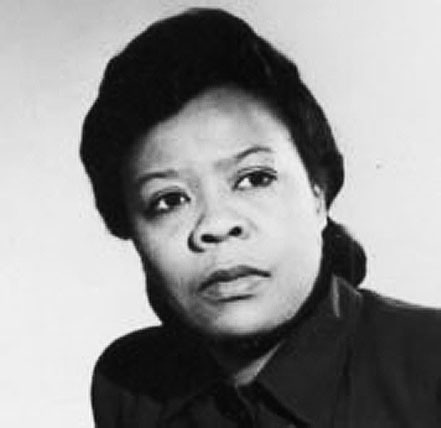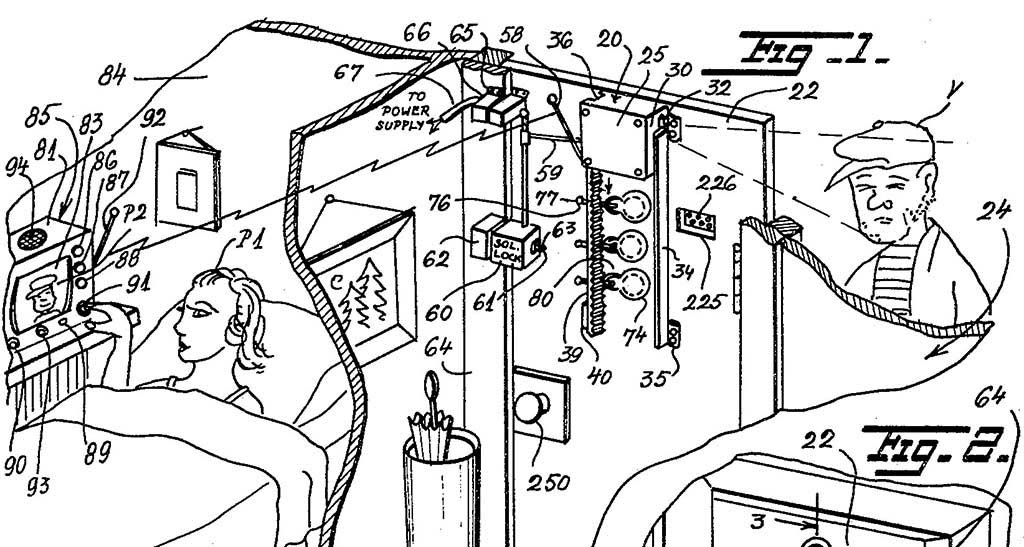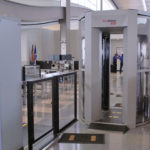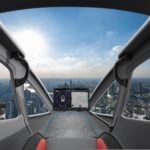In today’s progressive world, I am proud to acknowledge our strong Diversity, Equity and Inclusion (DE&I) committee. When I was asked to identify if any influential people in the Black community have affected the security industry over time, I was initially a bit stumped. However, after researching the subject I quickly discovered how uninformed I was.
This is my 42nd year providing leadership for our security consultants and engineers in the physical and electronic security industry. Over this time, I was always aware of industry threats, trends and products. I believed myself to have a comfortable understanding of what seemed to be some of the key historical time-line developments that shaped our services and offerings. As it turns out, this belief was false: I missed a valuable one.
When I started in 1979, there were no digital keypads, no LED displays, and card access was in its infancy. We relied on alarm panels, barrel type key switches, and tape dialers that called building operators with a pre-recorded message if the alarm was triggered.
I worked with several veteran security technicians and managers who tutored me in “alarm systems” history, which was limited and focused on a product or manufacturer. Ultimately, I was a novice being taught by those who had limited knowledge. I was schooled on the large system providers such as ADT, Brinks, and Chubb who seemed to be the fathers and founders of my newly adopted career.

Presently, the possibility of discovering how Black History might have influenced our growth and evolution of technology was an exciting concept. Today, it is clear more than ever history can be lost to time or purposely hidden. Amazingly, in less than 15 minutes of searching, I discovered someone that completely rewrote my previous history lessons. On a topic such as this, it is easy to see why: she was a woman of color in a time where both aspects weren’t always well-respected.
Marie worked odd hours, leaving her home alone with her children. There were many days when she worked the night shift, requiring her to sleep during daytime hours. Marie was always concerned about who might be lurking in the neighborhood and whether they would be a threat to her or her family.
To create a safer environment, Marie decided something had to be done to provide more time for police response and increase safety precautions in her home. This is when the home alarm system was born. Marie devised a series of devices to monitor doors, windows with the ability to turn on or off specific areas of her home. This is known as “arming” or “disarming” in modern home alarm systems. Marie worked with her husband to wire their house, developing the first fully operational home alarm.
Marie did not stop there; her idea provided a clear vision for the future. This led her to develop the first closed-circuit TV (CCTV) system, creating the foundation of modern residential and commercial surveillance systems.
Marie continued to expand her quest for manageable safety measures. She added audio intercoms to augment the video from the CCTV system. Now, she could see and communicate with someone at her front door without leaving her bedroom. Today, we can relax in bed and use our smartphones to do the same.
Marie’s sketches and designs were submitted for a patent. In 1966, the patent was finalized for her home security system as U.S Patent # US3482037:

She became an inspiration to others, spawning a multitude of ideas and inventions, leading us to our contemporary world of security technology. I am proud to be part of an industry that stemmed from such a bright and inventive woman, who most likely faced with many challenges along the way due to her race and gender.
I now think of Marie every time I walk past the digital LED keypads in my home with a new appreciation for what she inspired. Marie died in Jamaica, Queens in 1999 leaving behind a legacy that is now an invaluable part of our daily lives.
You can also watch a short video produced by MSNBC here.
Sources:
Article by Phil Santore, Vice President and Managing Principal for Ross & Baruzzini Security






